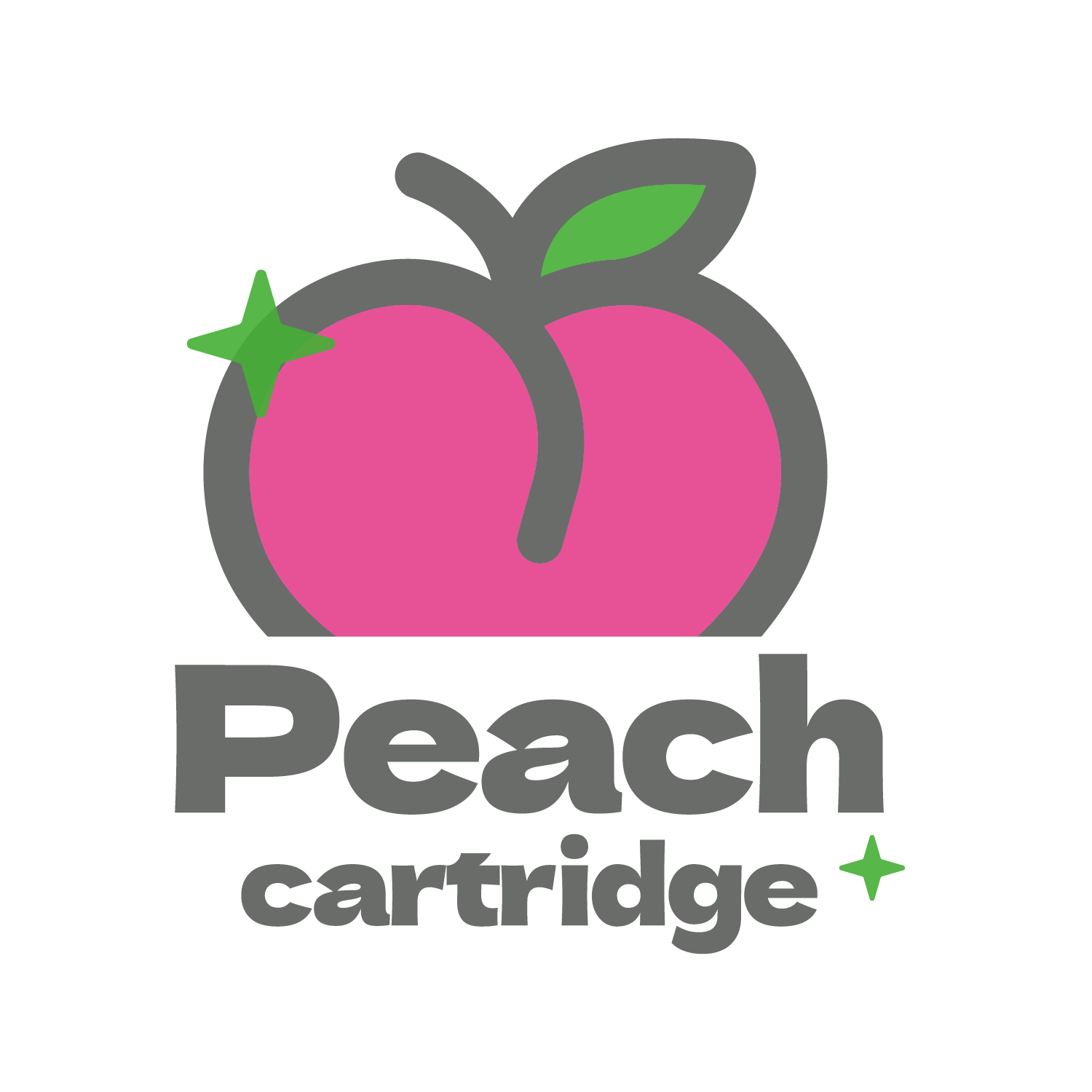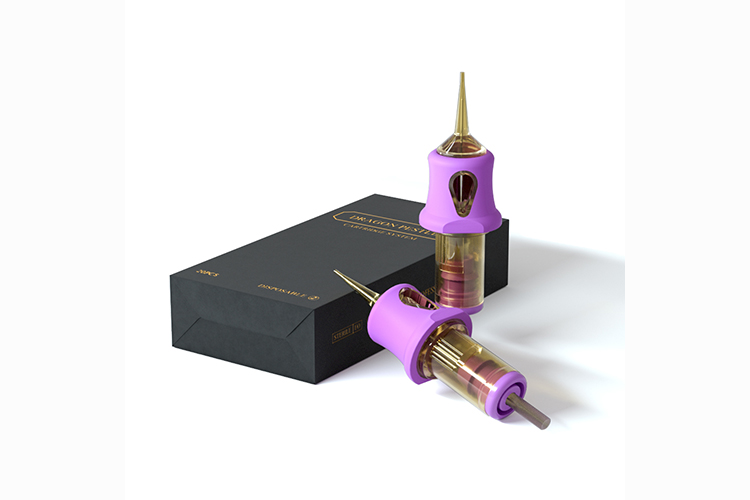Tattooing is an ancient form of body art that has been popular for thousands of years. Today, millions of people actively choose to get inked every year, which actively makes tattoos more popular than ever. A tattoo artist needs a tattoo machine needle to make detailed designs on the skin.
A: Understanding Tattoo Machine Needles: Crafting Precision
Tattoo artists must understand tattoo machine needles, which pierce the skin and inject ink into the dermis. Different needles serve different purposes, such as outlining, shading, or adding color. Needle size, grouping, and arrangement affect the final result.
B:Tattoo Machine and Needle Dynamics: Crafting Artistry
Tattoo Machine and Needle Dynamics are important to consider when getting a tattoo. The tattoo machine puts the needle in the skin and the needle puts the ink in the skin. The speed of the machine, the depth of the needle, and the type of needle all contribute to the final result. A skilled tattoo artist will understand how to manipulate the machine and the needle to achieve the desired effect.

II: Key Takeaways
- Understanding the different types of tattoo machine needles is crucial for any tattoo artist.
- The size, number, and configuration of the needles all play a role in determining the final result.
- Tattoo machine and needle dynamics are important considerations when getting a tattoo.
III: Understanding Tattoo Machine Needle
Tattoo machine needles are an essential component of any tattooing process. They use them to inject ink into the skin, creating permanent designs. Understanding the different types of tattoo machine needles is crucial for any tattoo artist.
A:Tattoo Machine Needle
Tattoo needles vary in size and shape, depending on the tattoo and the area of skin being tattooed. They consist of stainless steel and vary in diameters and tapers. The needle’s diameter is its width, and the taper is the part that gets thinner from the bottom to the top.
There are two kinds of tattoo machine needles: round needles and flat needles. Artists use round needles to make lines and flat needles for shading. Round needles have various configurations like single, double, triple, or quadruple. Each configuration groups a different number of needles to make a specific line thickness.
B:Tattoo Cartridge Needles
Tattoo cartridge needles are a newer type of needle that has gained popularity in recent years. Pre-made needles are inserted into the tattoo machine using a cartridge. This makes it easier and faster to change needles during a tattooing session. Tattoo cartridge needles are like regular needles and come in different shapes, such as round and flat.
C:The Advantages of Tattoo Cartridge Needles
One of the main advantages of tattoo cartridge needles is that they are disposable. This means that users can safely dispose of them after use, reducing the risk of cross-contamination. They also require less maintenance than traditional needles, as they are already pre-sterilized and assembled.
D:Crucial Considerations for Tattoo Machine Needles
In conclusion, understanding the different types of tattoo machine needles is crucial for any tattoo artist. When getting a tattoo, it’s important to pick the right needle type and size for the design and area of skin. By doing so, the artist can ensure a safe and successful tattooing process.
IV: Tattoo Machine and Needle Dynamics
Tattoo machines are either coil or rotary machines. Coil tattoo machines use coils to move the bar, which pushes the needle into the skin. Rotary tattoo machines, on the other hand, use a motor to move the needle up and down.
A:Coil vs. Rotary Machines
People know coil machines for their power and ability to create strong lines. They also allow for greater control over the needle depth and are better suited for larger needle groupings. However, they require more maintenance and can be louder and heavier than rotary machines.
B:Rotary Machines vs. Coil Machines: Pros and Cons
Rotary machines are quieter, lighter, and require less maintenance than coil machines. They are good for shading and color packing because they work well with smaller needle groups and run smoothly. However, they may not have the same power as coil machines and may not be as effective for creating strong lines.
C:Needle Movement and Machine Mechanics
The stroke length and needle depth are two important factors in tattoo machine mechanics. Stroke length is how far the needle moves, while needle depth is how deep it enters the skin.The power supply and foot pedal control the speed and power of the machine. The power supply controls the voltage and amperage, and the foot pedal controls the electricity flow to the machine.
D:Traditional Tattoo Machine Components:
The bar, wheel, and magnet are parts of the machine that make the needle move. The needle attaches the armature bar and moves up and down when turning the electromagnet on and off. The cam wheel controls the armature bar and needle, and the electromagnet creates the magnetic field to move them.
E:Innovative Tattoo Machine Mechanisms:
Pen and pneumatic machines are newer tattoo machines that use a different mechanism to move the needle. Pen machines use a motor to move the needle up and down, while pneumatic machines use compressed air to move the needle. These machines offer greater precision and control over the needle movement, but may require a higher initial investment.
F:Summary
In conclusion, understanding the dynamics of tattoo machines and needles is crucial for any tattoo artist. The type of machine, stroke length, needle depth, power supply, and needle movement all play a role in creating a successful tattoo. Artists can pick the correct machine and needle for each tattoo by knowing these factors and get the wanted outcome.
Frequently Asked Questions
Beginners should start with a liner needle, which they use for outlining the tattoo design. A round liner needle is a good choice for starting tattooing because it is easy to control and provides clean and precise lines.
Tattoo artists use different types of needles for tattoos, depending on the design and technique. Artists use liner needles for outlining the design, and they use shader needles for shading and filling in color. Users use Magnum needles for larger areas and they can create smooth gradients.
The tattoo needle size depends on the design and technique. We recommend using a smaller needle size such as 3RL or 5RL for outlining. We recommend using a larger needle size such as 7M or 9M for shading. Choosing the right needle size is important to achieve the desired effect and avoid damaging the skin.
The correct needle depth for tattooing depends on the area being tattooed and the skin type. Generally, the needle should not penetrate deeper than 1.5mm into the skin. Adjusting the needle depth according to the skin type and avoiding overworking the skin is important.
Amazon has various tattoo needle cartridges, including top-rated ones like Cheyenne Safety, EZ Revolution, and Bishop Fantom. Choosing a reputable brand and reading reviews before purchasing is important to ensure quality and safety.
Performing a test on the skin before tattooing can determine the proper needle depth. This involves using a clean needle to make a small mark on the skin. Adjust the depth until you can see the mark without any bleeding. Adjusting the needle depth according to the skin type and avoiding overworking the skin is important.






